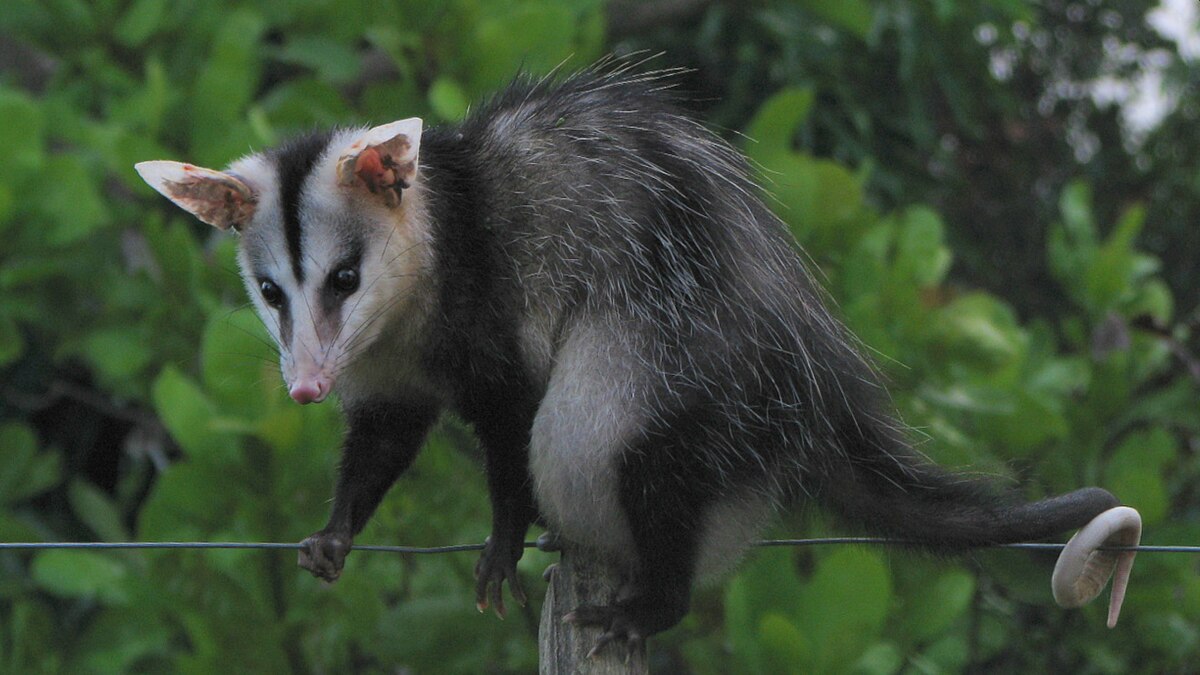With eight species of **opossums** inhabiting the territory, **Mexico is considered the “land of marsupials”.**
This animal, small, with a pink nose and a characteristic tail that they usually use to hang from branches, **belongs to this species.** It is the one that has a “pouch” in its belly, where it carries its offspring.
## Mexico, land of marsupials: the peculiar species

Opossums are **immune to snake venom.** Throughout spring, these omnivores are in the breeding season.
“In Mexico, opossums face a constant struggle to survive,” warns **Gabriela Silvestre**, environmentalist and member of the wildlife conservation collective Tlacuy.
“Although they are resilient animals, capable of adapting even to urban environments, phenomena such as **drought, forest fires**, burning of cane fields, human expansion, among other factors, put them at serious risk,” explains **_oem_**.
## At least eight species
According to the specialist, more than eight opossum species inhabit the country:
– Northern Opossum (Didelphis virginiana) – The most adaptable, reaches cities.
– Common Opossum (Didelphis marsupialis) – Inhabits tropical forests.
– Four-eyed Gray Opossum (Philander opossum) – Recognizable by dark spots above its eyes and its gray color.
– Four-eyed Brown Opossum (Metachirus nudicaudatus) – Recognizable by dark spots above its eyes and its brown color.
– Water Opossum (Chironectes minimus) – The only marsupial adapted to water.
– Woolly Opossum (Caluromys derbianus) – Dense fur and arboreal habits.
– Mouse Opossum (Tlacuatzin canescens) – The smallest, endemic to Mexico.
– Mexican Mouse Opossum (Marmosa mexicana) – Recognizable by its small size and eye markings.
## The importance of the species

The environmental activist also points out to the same media that opossums are **pest controllers.** They devour cockroaches, scorpions, mice, and even venomous snakes, reducing the need for toxic pesticides.
Moreover, by eating fruits, they **disperse seeds in their feces**, helping to reforest ecosystems.
Their low body temperature (34-36°C) makes them resistant to rabies, acting as an epidemiological barrier. On the other hand, they clean carrion and **decaying animals**, preventing infection sources.
“Their story is a call to conscience: **we need to protect these beings** that, far from being a nuisance, are key pieces in the ecological and cultural balance of the territory,” says Silvestre.
Silvestre adds that, due to urbanization growth, forest fires, and drought, it is common to see opossums **in colonies on the outskirts.** They are looking for food, water, or shelter.
“Opossums are not invaders: it is us who have invaded their territory,” she says.
She adds that, in the face of the climate crisis, their survival depends on simple actions: keeping pets under control, avoiding pesticides, and learning to coexist.

